Chepil, Mack
Killed in Action 1943-08-03
Service
RCAF
Unit
428 (B) Sqn- Squadron
Usque Ad Finem To the Very End
Base
Rank
Warrant Officer 2nd Class
Position
Warrant Officer 2nd Class
Service Numbers
R/117497
Home
 Edwin, Manitoba
Edwin, Manitoba
Target
 Hamburg Germany
Hamburg Germany
First Burial
 Runnymede Memorial Surrey, Uk
Runnymede Memorial Surrey, Uk
Took off from Middleton St. George at 22:47 in Halifax Mk V (Sqn code NA-H Bomber Command) on an operation to Hamburg Germany.
Aircraft was shot down by a night fighter and crashed in the North Sea 3 km North of Terschelling, Friesland, Holland.
Killed:Flying Officer Edward Joseph Andrews RCAF J/14390 KIA Runnymede Memorial Panel 172.Warrant Officer Class 2 Mack Chepil RCAF R/117497 KIA Runnymede Memorial Panel 179.Pilot Officer Alexander Garalick RCAF J/18065 KIA Runnymede Memorial Panel 175.Flying Officer Frederick Lennox Rogers RCAF J/7469 KIA Runnymede Memorial Panel 174.Sergeant John Ray Richard Burfield RAF Runnymede Memorial Panel 144.Flight Sergeant Myrddin Evans RAF KIA Runnymede Memorial Panel 136.Sergeant Maurice Frank Spencer RAF KIA Runnymede Memorial Panel 165.Sergeant Stanley John Williams RAF KIA Runnymede Memorial Panel 170.
Addendum: - Distinguished Flying Medal - No.428 Squadron - Award effective 19 July 1943 as per London Gazette dated 20 July 1943 and AFRO 1724/43 dated 27 August 1941. Presented to next-of-kin. The citation reads - "This airman captained an aircraft detailed to attack a target at Le Creusot one night in June 1943. Soon after crossing the enemy coast the hydraulic system in the bomber became unserviceable but Sergeant Chepil continued his flight. Later, one engine caught fire and became unserviceable. In spite of this the target was bombed after the bomb doors had been opened by an emergency method. Sergeant Chepil afterwards flew the damaged aircraft to base. This airman displayed outstanding determination and devotion to duty, setting an inspiring example." Detail provided by H Halliday, Orleans, Ontario.
There were two 428 Sqn aircraft lost this same operation. Please see Funkhouser, HG for casualty list on Halifax V EB 212 NA-U
Detail from (M Middlebrook, DW Danner, michel at www.rafcommands)
Halifax EB274
Handley Page Halifax

The Handley Page Halifax is a British Royal Air Force (RAF) four-engined heavy bomber of the Second World War. It was developed by Handley Page to the same specification as the contemporary twin-engine Avro Manchester.
The Halifax has its origins in the twin-engine HP56 proposal of the late 1930s, produced in response to the British Air Ministry's Specification P.13/36 for a capable medium bomber for "world-wide use." The HP56 was ordered as a backup to the Avro 679, both aircraft being designed to use the underperforming Rolls-Royce Vulture engine. The Handley Page design was altered at the Ministry to a four-engine arrangement powered by the Rolls-Royce Merlin engine; the rival Avro 679 was produced as the twin-engine Avro Manchester which, while regarded as unsuccessful mainly due to the Vulture engine, was a direct predecessor of the famed Avro Lancaster. Both the Lancaster and the Halifax would emerge as capable four-engined strategic bombers, thousands of which would be built and operated by the RAF and several other services during the War.
On 25 October 1939, the Halifax performed its maiden flight, and it entered service with the RAF on 13 November 1940. It quickly became a major component of Bomber Command, performing routine strategic bombing missions against the Axis Powers, many of them at night. Arthur Harris, the Air Officer Commanding-in-Chief of Bomber Command, described the Halifax as inferior to the rival Lancaster (in part due to its smaller payload) though this opinion was not shared by many of the crews that flew it, particularly for the MkIII variant. Nevertheless, production of the Halifax continued until April 1945. During their service with Bomber Command, Halifaxes flew a total of 82,773 operations and dropped 224,207 tons of bombs, while 1,833 aircraft were lost. The Halifax was also flown in large numbers by other Allied and Commonwealth nations, such as the Royal Canadian Air Force (RCAF), Royal Australian Air Force (RAAF), Free French Air Force and Polish forces.Wikipedia
 National Air Force Museum of Canada
National Air Force Museum of Canada
428 (B) Sqn Usque Ad Finem ("Ghost")
History of the Squadron during World War II (Aircraft: Wellington III, X, Halifax V, II, Lancaster X)
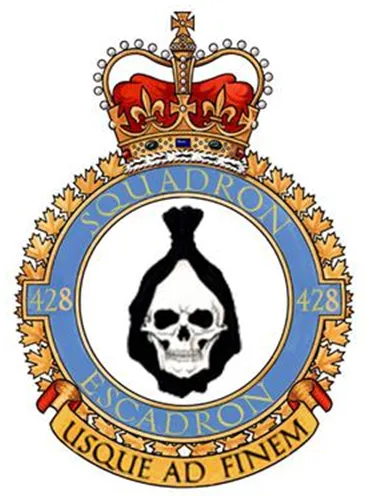
No 428 Squadron was the ninth long-range heavy bomber squadron and the 26th RCAF squadron formed overseas during the Second World War. It was formed at RAF Dalton in Yorkshire, England on November 7, 1942. The squadron was initially assigned to No. 4 Group RAF Bomber Command. With the creation of No. 6 Group RCAF, the squadron was reallocated on January 1, 1943 operating with it until April 25, 1945.
The squadron was originally equipped with Vickers Wellington Mk III and X, and its first operational mission was on January 26–27, 1943, when five Wellingtons bombed the U-Boat base at Lorient in Brittany, on the Bay of Biscay. In the early part of June 1943, the squadron moved to RAF Middleton St. George, Durham where it remained for the remainder of the war. Around this time the squadron was converted to Handley Page Halifaxes (Mk Vs, and later supplemented by Mk II Series IIA). In January 1944, Halifax bombers from No. 428 Squadron participated in the first high-level mining raid "Gardening", when mines were dropped by parachute from 15,000 feet (4,570 m) over Brest on 4/5 Jan and Saint-Nazaire on 6/7 Jan 1944. The squadron flew its last sortie with the Halifax on June 12, 1944 then converted to the Canadian-built Avro Lancaster Mk X, the first sortie taking place on June 14, 1944.
For the final phase of the air campaign against Germany, the squadron took part in day and night raids, with its last operational sortie taking place on April 25, 1945, when 15 Lancasters bombed anti-aircraft gun batteries defending the mouth of the Weser, on the Frisian Island of Wangerooge. The squadron remained in service in the United Kingdom until the end of May 1945, then flew to Yarmouth, Nova Scotia . The squadron was intended to be part of the "Tiger Force" to carry on the war against Japan, but the Japanese surrender led to the disbandment of the force. The squadron was therefore disbanded at Yarmouth in September 1945.
In the course of WWII operations, the squadron flew 283 missions involving 3467 individual sorties. 84 aircraft were lost and a total of 9378 tons of bombs were dropped. the aircrew earned 2 DSO's, 71 DFC's, 2 CGM's and 6 DFM's. Battle Honours were: English Channel and North Sea 1943-44, Baltic 1944, Fortress Europe 1943-44, France and Germany 1944-45, Biscay Ports 1943-44, Ruhr 1943-45, Berlin 1943-44, German Ports 1943-45, Normandy 1944, Rhine, Biscay 1943-44. Wikipedia, Kostenuk and Griffin
Squadron History (Bomber Command Museum PDF)
Maps for Movements of 428 Squadron 1942-45
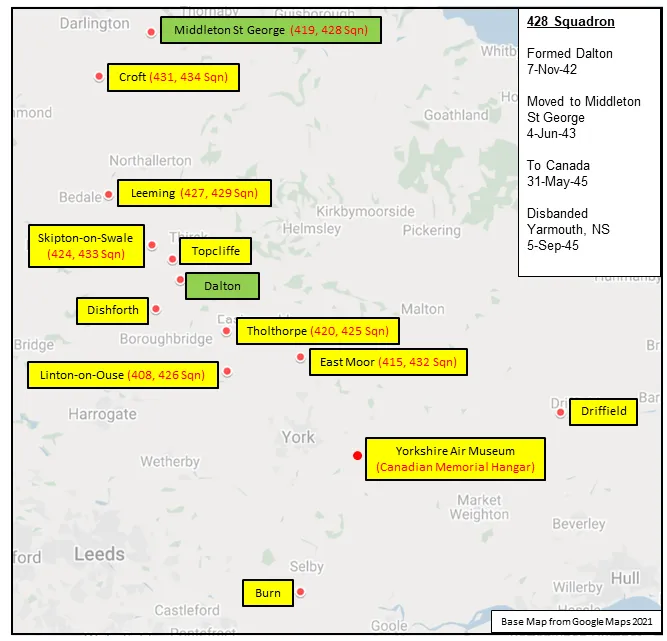
428 Squadron History Summary 1942-45
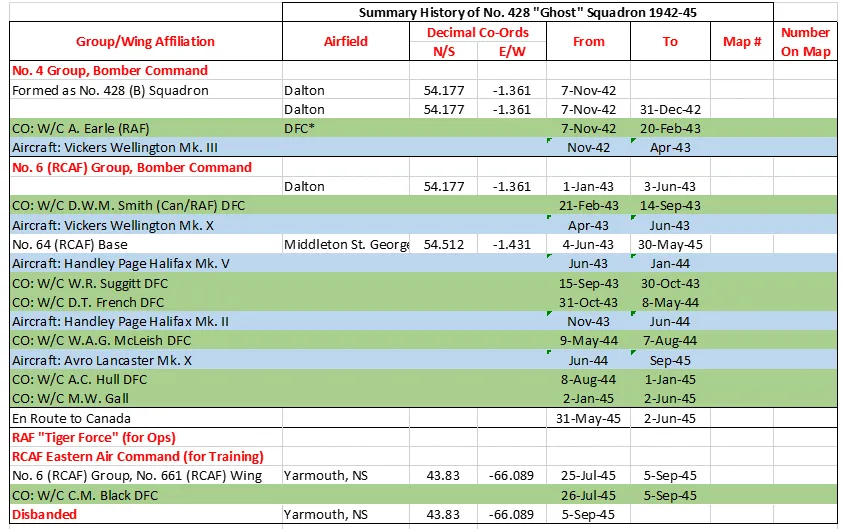
History of the Squadron Post-WWII (Aircraft: Canuck)
The squadron was re-activated as the fifth Avro Canada CF-100 Canuck equipped squadron, on June 21, 1954, at RCAF Station Uplands as 428 All-Weather (Fighter) Squadron. It was re-activated, as one of nine Canadian based RCAF squadrons, to be operating under the new RCAF Air Defence Command, protecting North American airspace from Soviet intruders and long range bombers. The squadron was finally disbanded on 1 June 1961.
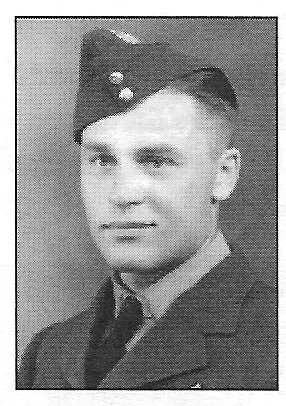

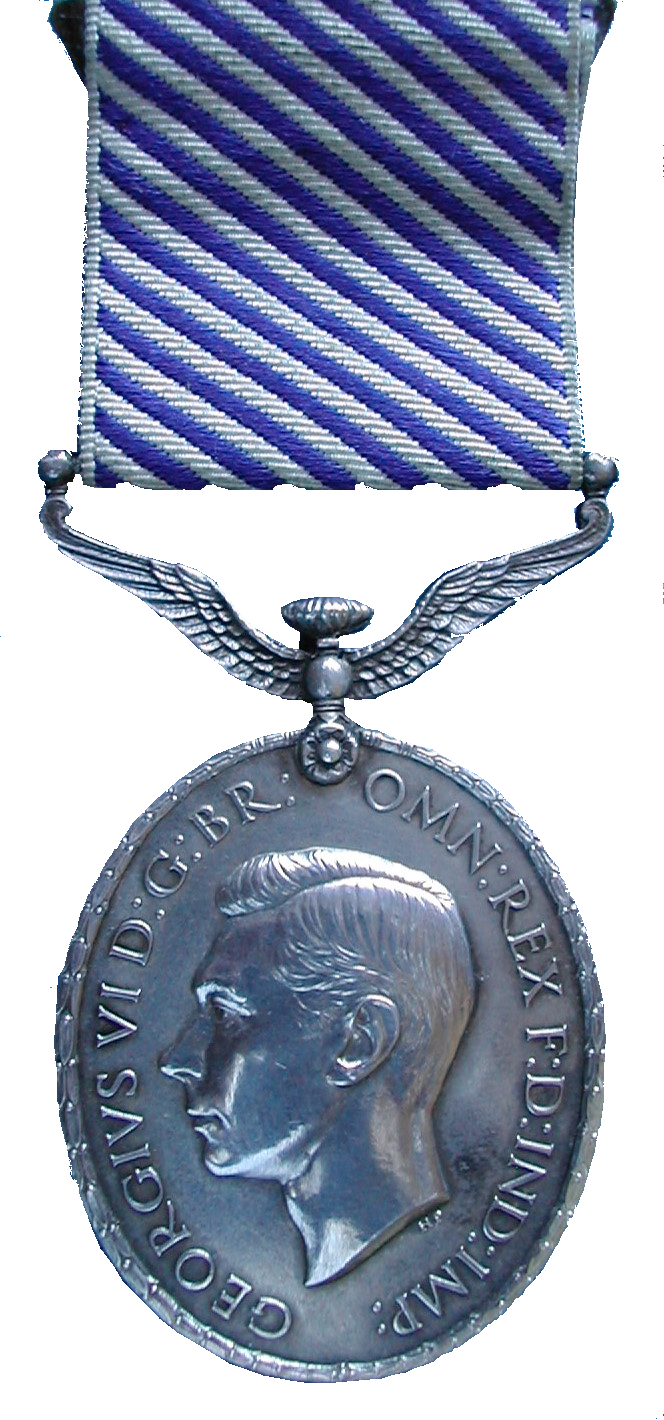
 Canadian Virtual War Memorial
Canadian Virtual War Memorial Commonwealth War Graves Commission
Commonwealth War Graves Commission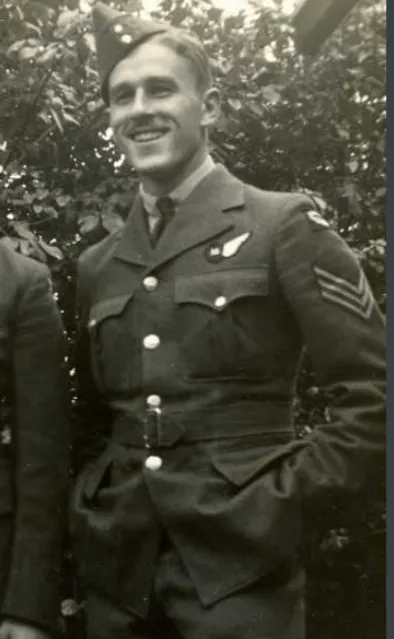
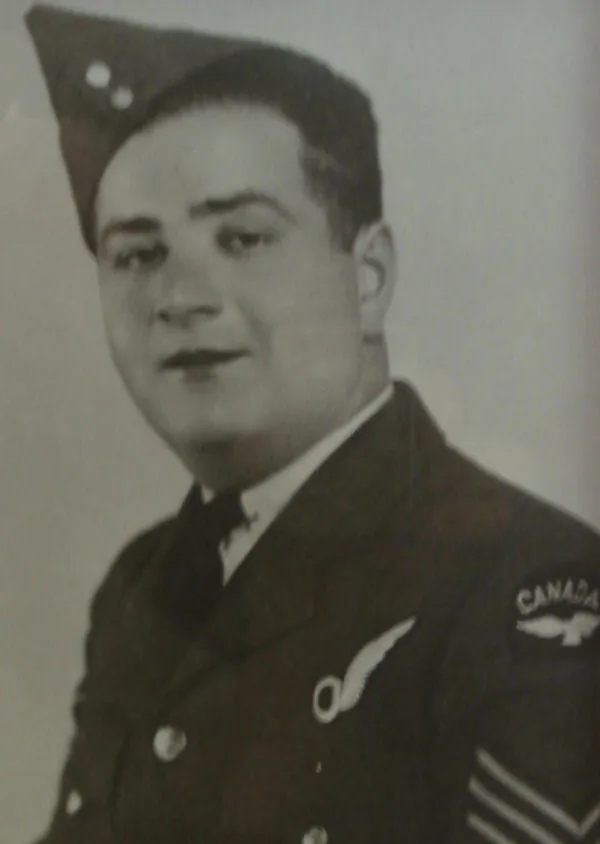
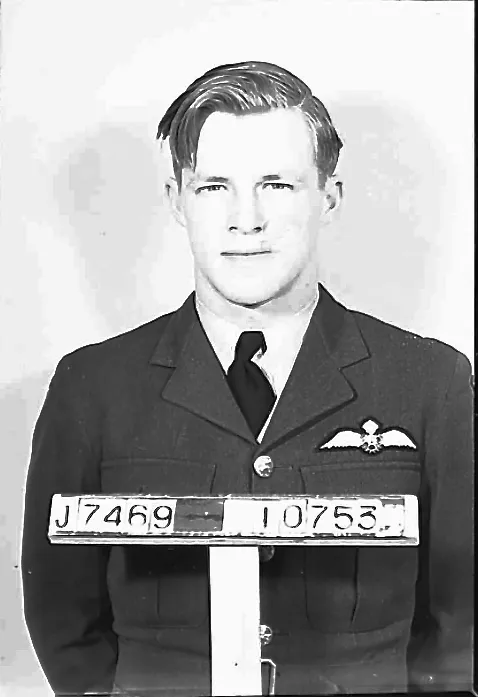
 Halifax Heavy Bomber WWII
Halifax Heavy Bomber WWII Harold A Skaarup Web Page
Harold A Skaarup Web Page Wikipedia Halifax Bomber
Wikipedia Halifax Bomber